The Evolution of Cleanroom Face Masks: Meeting the Needs of Modern Industries
From the sterile environments of early semiconductor labs to the critical cleanliness required in today's pharmaceutical and biotech industries, cleanroom face masks have evolved significantly. Discover how these essential protective gears have adapted to meet the stringent standards of modern industries, ensuring safety and efficiency in environments where the smallest particle can mean the difference between success and contamination.
The Origins of Cleanroom Face Masks
Tracing back to the 1960s, the genesis of cleanroom face masks was tightly linked to the semiconductor industry's need for dust-free environments. Early masks were rudimentary, focusing on minimizing human contamination in cleanrooms. These initial steps in cleanroom technology laid the groundwork for the sophisticated masks we see today, designed not just for filtering but also for comfort and usability.
The evolution from cotton masks to advanced synthetic materials marks a significant leap in filtration efficiency and wearability. This transition was not merely a matter of material choice but a reflection of a growing understanding of micro-contamination and its impact on yield and product reliability in critical industries.
Technological Advancements in Mask Filtration
The leap in mask technology can be attributed to breakthroughs in nanofiber technologies and nonwoven fabric designs. These advancements have enabled the production of masks with higher filtration efficiencies, capable of trapping particles as small as a few nanometers. Such precision ensures that cleanrooms maintain their stringent particulate standards, crucial for the production of semiconductors, pharmaceuticals, and biotech products.
The integration of electrostatic charge in mask fibers represented a pivotal shift, enhancing particle capture capabilities without compromising breathability. This improvement was a game-changer, making masks more comfortable for prolonged wear while maintaining exceptional filtration performance.
Meeting the stringencies of modern industries
As industries have evolved, so too have the standards for cleanrooms. What was once deemed acceptable in terms of particulate levels is now considered inadequate. The response from the cleanroom face mask industry has been swift, with continuous innovation to meet and exceed these standards. This includes developing masks that not only filter more effectively but also prevent skin particles and microorganisms from contaminating cleanroom environments.
The pharmaceutical and biotech sectors, in particular, have seen a drastic increase in the requirements for cleanroom cleanliness, driven by the critical nature of their products. The adaptability of cleanroom face masks to these stringent requirements reflects the industry's commitment to safety and efficacy in product development and manufacturing processes.
Material Innovations and Sustainability
As environmental concerns take center stage, the cleanroom face mask industry is not left behind. Recent years have seen a push towards sustainable materials that reduce the ecological footprint of disposable masks. Innovations include biodegradable and recyclable materials that maintain, if not enhance, the filtration efficiency and cleanliness standards required in cleanrooms.
The challenge of balancing sustainability with the uncompromising standards of cleanroom environments has sparked creative solutions. These range from masks made of renewable materials to those designed for extended use without a degradation in performance, answering the call for sustainability without compromising safety.
Future Trends in Cleanroom Face Mask Design
The future of cleanroom face masks looks to incorporate smart technologies, such as sensors capable of detecting wear time and filter saturation, signaling the need for replacement. Such innovations will not only increase the efficiency of cleanroom operations but also enhance safety protocols, ensuring that face masks continue to meet the rigorous demands of modern industries.
Moreover, customization and ergonomic design are becoming increasingly important. Future cleanroom masks will likely be tailored to fit individual face shapes better, increasing comfort and, more importantly, sealing efficiency. This personalized approach could redefine standards in protective gear, making it as much about individual wearer needs as about meeting industry requirements.
A Future Woven with Precision
As industries evolve and technology advances, the humble cleanroom face mask stands as a silent yet pivotal defender against contamination, embodying the relentless pursuit of purity and efficiency. From its simple beginnings to its current sophisticated designs, the journey of the cleanroom face mask mirrors our ongoing quest for perfection in manufacturing and scientific research. Its evolution not only highlights the advancements in material science and filtration technology but also underscores the importance of adaptability in meeting the ever-changing demands of modern industries.

